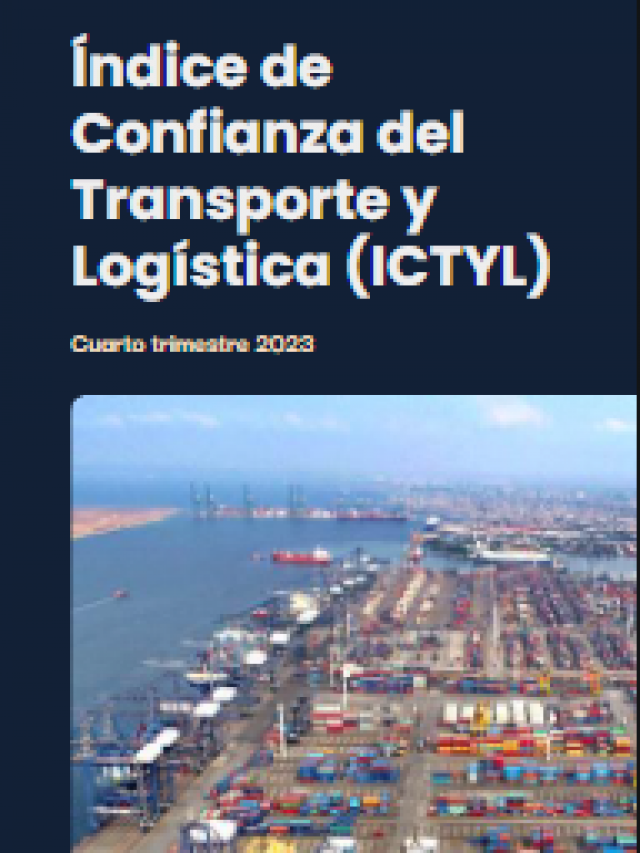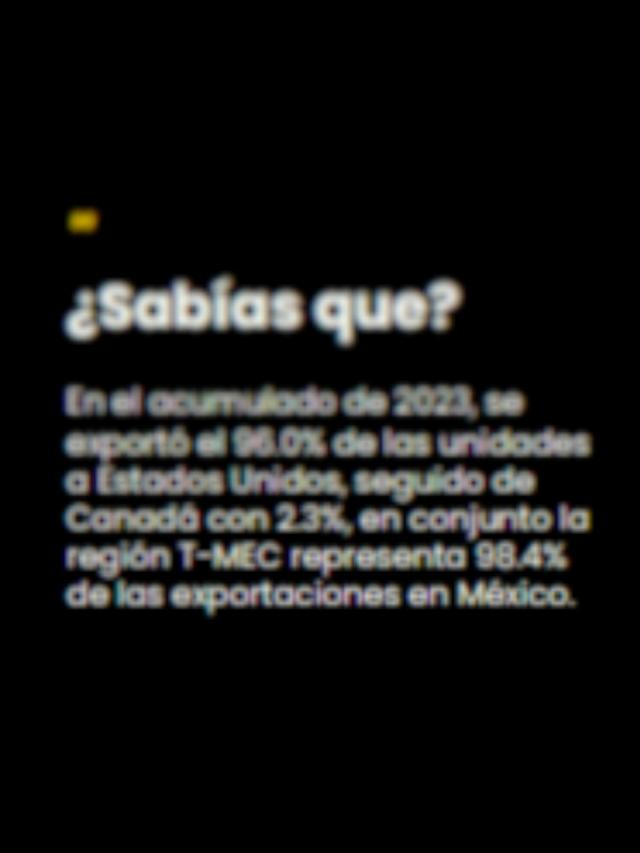 Hot Sale not only tests the creativity of e-commerce retailers in launching promotions, but also the ability of their logistics chains to deliver goods on time and in the correct manner.
Hot Sale not only tests the creativity of e-commerce retailers in launching promotions, but also the ability of their logistics chains to deliver goods on time and in the correct manner.
In this context, the quality of operational data became one of the greatest challenges, even above the available technology.
During the 2024 Hot Sale, online sales in Mexico exceeded 34.5 billion pesos (mdp) , an increase of 15.3% compared to the previous year , with more than 14.4 million orders processed , according to data from the Mexican Online Sales Association (AMVO).
Up to 60% of the event’s total sales were made online , putting enormous pressure on delivery systems, especially considering that 94% of shoppers preferred home delivery .
For Jorge Jiménez, CEO of Conectamos, a Mexican startup specializing in logistics operational intelligence, the problem is not only one of capacity, but also of visibility and data fragmentation .
“Logistics is a highly reactive industry. Today, the big problem isn’t a lack of technology, but rather the failure of systems to adapt to the chaotic reality of the operating floor. At events like Hot Sale, this takes its toll,” he warned in an interview.
The avalanche of orders during Hot Sale exposes the cracks in the logistics infrastructure, as limited capacity, low operational visibility, and disconnected processes—typically resolved with WhatsApp, Excel, or improvised emails —are the order of the day for many operators.
“Without real-time visibility, you can’t properly plan your capacity or be proactive. And that leads to high costs or delays that undermine the customer experience,” Jiménez explained.
This lack of structure not only affects peak season, as outside of Hot Sale, e-commerce in Mexico maintained a projected growth of 24% compounded annually until 2026 , making the need to modernize logistics operationswithout slowing the pace of delivery even more evident.
Faced with operational complexity, Conectamos opted for a radically different approach: an invisible technology layer that integrated with what operators were already using—such as chats, spreadsheets, and legacy ERPs—and gave them order, structure, and real-time visibility through Artificial Intelligence (AI).
“We didn’t impose a new system. We connected to what already existed, structured the data, and automated workflows. This allowed us to optimize routes, validate deliveries, and anticipate errors. All of this was frictionless and had no learning curve,” the CEO explained.
In that sense, Jiménez explained to this media outlet that in the case of unpredictable eventualities, for example, what has been happening at the port of Manzanillo due to the protest by customs workers, proactive communication is the best ally.
“Being warned in advance about a delay isn’t the same as finding out when you’re already upset. The end user is the one who pays the price. This affects both the reputation of the e-commerce and the shipping company,” Jiménez said.
In the midst of a high-demand season and facing an expanding e-commerce ecosystem, the keys to success, according to Jiménez, are organizing, visualizing, and anticipating .
“The key is having visibility into the operation. From there, we could make better decisions, allocate resources, optimize routes, and prevent the customer from finding out about problems when it was too late,” he emphasized.
Technology alone doesn’t solve the logistical challenges of Hot Sales, but when applied intelligently and focused on operational reality, it can make the difference between a successful campaign and a reputational crisis.
Comment and follow us on X: @jenna_GH_/ @GrupoT21















